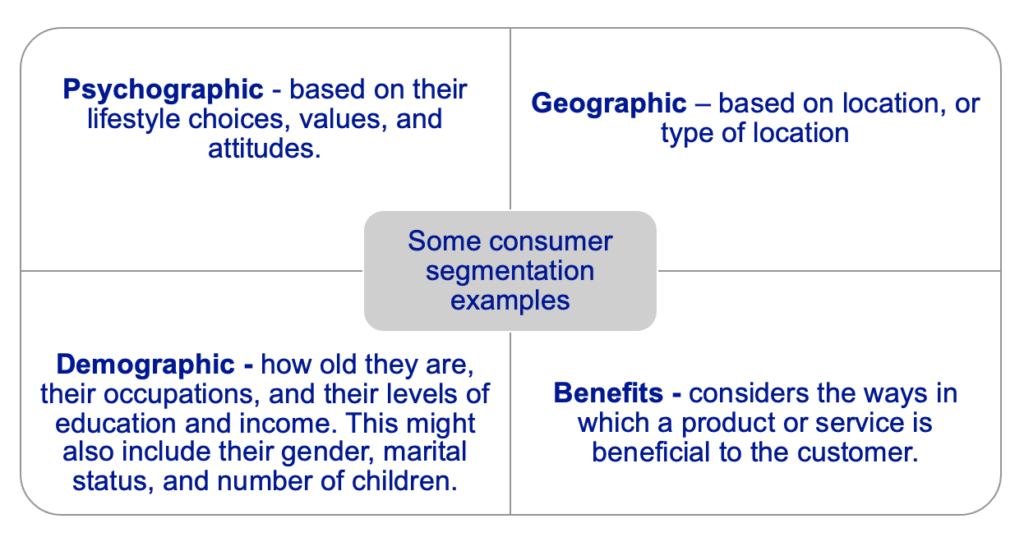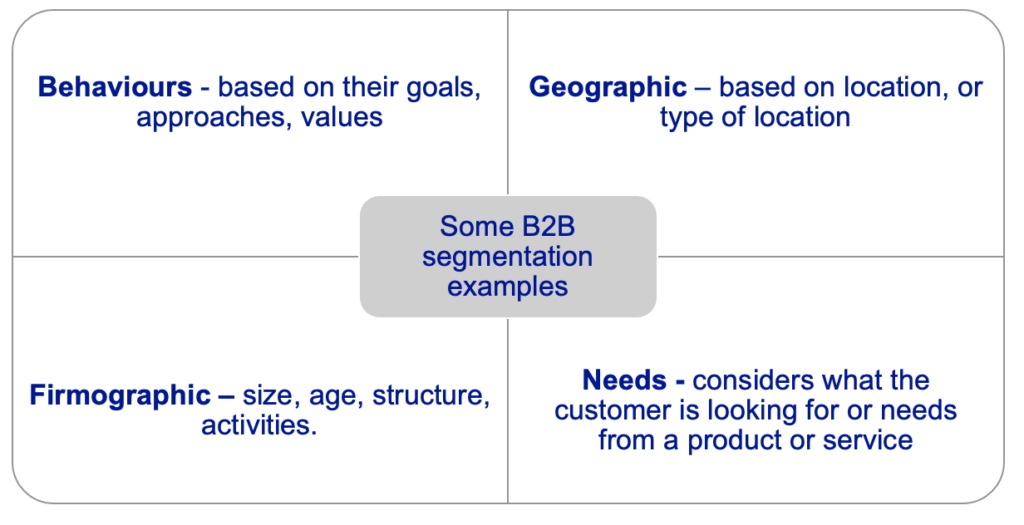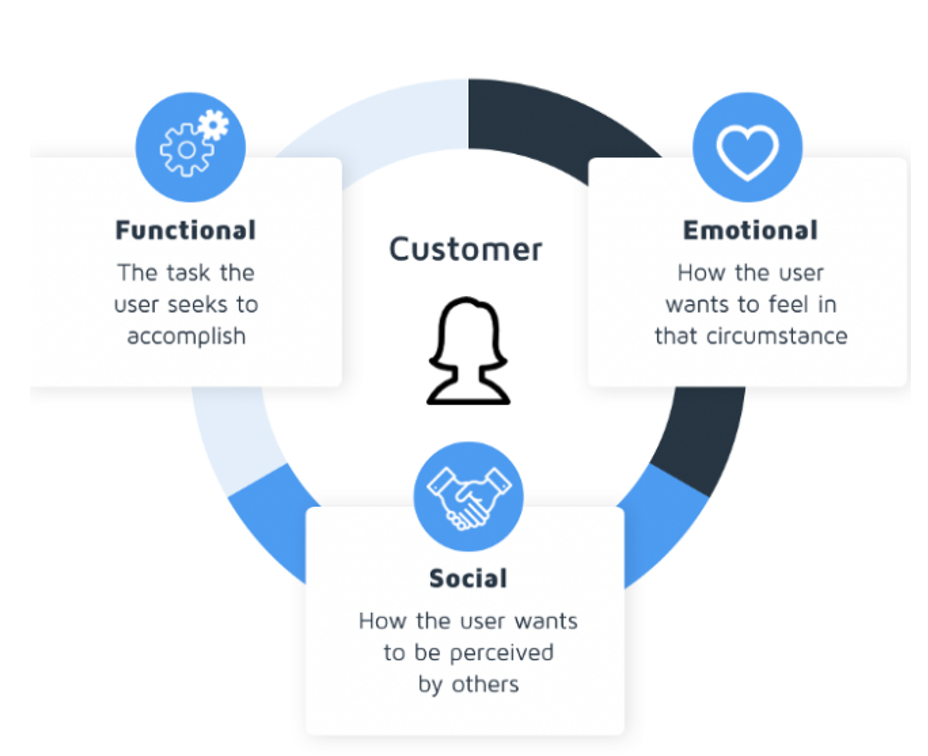Posted in Blog, Design Thinking, Entrepreneurship, Innovation, Innovation, Launch Your Business by Jo North
A Value Proposition for your business
What is a value proposition, and why do you need a great value proposition for your business, business idea, or for your products and services?
I’ve been running a lot of value proposition design sessions, particularly over the last 12 to 18 months. With all the changes that we’ve seen around the world in recent times, value proposition design has become more important than ever. Customer needs are constantly changing, meaning that all of us in business need to continuously reassess our value propositions, consider how relevant they are and evolve them to stay aligned with market demand and expectations.
What is a Value Proposition?
A Value Proposition is the fundamental reason why your target customer should buy your product or service instead of one provided by a competitor. It is a statement or phrase that clearly communicates the most compelling, differentiating benefits that your product or service achieves for the customers you are aiming to attract. A Value Proposition could also be described as your distinctive promise of what you will deliver for your customer.
How does your product or service make your customers feel?
Think about how you might answer the question ‘What’s the best money you’ve ever spent and why?‘

The best money I’ve ever spent was on my French Bulldog, who I absolutely adore. Sometimes he is quite demanding, and I like that about him. He’s wonderful company and is great fun. He lives in the moment, and he gives me a lot of happiness.
What was your answer to the question?
When I’ve asked entrepreneurs and innovators that question in my sessions, I have received responses such as:
- My hiking boots, because they give me freedom and a sense of well-being when I’m out in the countryside.
- My house because it makes me feel safe and secure and grounded.
People list all sorts of things they have bought, but what I find interesting is they very rarely say the best money they ever spent was on something that just performed the function it said on the packaging. Instead, what people always express in response to the ‘best money you’ve ever spent’ question is how that purchase made them feel.
How can you make your business idea, innovation, product or service be seen as a great investment for your target customers due to how it makes them feel? Make sure that you include this hugely important element in your value proposition. It’s an element that many of your competitors will undoubtedly overlook.
Your value proposition is about much more than the functionality of your product or service. It’s about why your customers would say that spending money on your product or service is money well spent.
Dr. Jo North
Clear, compelling value propositions help innovations succeed
According to Strategyzer, 72% of innovations fail in the marketplace. Reasons are that that
- Customers don’t care enough about the innovations to buy them
- The innovations don’t solve the customer’s problem in the right way
- The benefits can’t be explained clearly and concisely
- The product or service doesn’t stand out from the competition
Example: Think about the Sinclair C5. It was one of the first electric vehicles and came out in the mid 1980’s. It was a great innovation and technologically ahead of its time. But, it was impractical and it didn’t look good. It didn’t deliver what customers wanted and it had some flaws. The innovation was a great idea, but it didn’t solve the target customers’ problem in the right way, and at that time customers weren’t as environmentally aware as they are today.
28% of innovations succeed in the marketplace because the innovations…
- make an emotional connection with customers as well as a functional one
- solve the customers problem in the right way
- can be explained clearly and concisely
- stand out from the competition – also check out my article on how find your USP here
Value
Value is the regard that something is held to deserve. The importance, worth, or usefulness of something.
A value proposition is based on a bundle of products and services that create value for a customer segment.
It starts with a deep understanding of your target customers.
Value is connected with the price that you can charge. You might like to read my article on how to talk confidently about price with your customers here.
Understanding your target customers – introducing customer segments
Customer segments are the groups of people and/or organizations you’re aiming to reach, and for whom you’re aiming to create value.
You might have a single product or service or a single idea and it may appeal to different customer segments for different reasons and in different ways. What you’ll need is a different way of communicating that value proposition to each of your target customer segments.
If you have a number of products or services, then each one of those will need to have its own value proposition, making sure that your value proposition is very specific because everything else you do is designed around the value that you give to your customer.
So who might your customer segments be?
You can target and group customers in different ways. Remember that every customer is an individual and it’s important to give every individual as high a level of personal service as we possibly can. That said, it also makes sense to think about how you might organize the customers that you’re working with in terms of how they buy or why they buy.
Consumer segmentation approaches include:
- Psychographic segmentation is grouping your customers based on their lifestyle choices, values and attitudes.
- Geographic segmentation is based on based on location, or type of location
- Benefit segmentation considers the ways in which a product or service is beneficial to the customer.
- Demographic – how old they are, their occupations, and their levels of education and income. This might also include their gender, marital status, and number of children.
You can also blend these. For example, you can take a psychographic element or geographic benefit and a demographic and put them together to create quite a specific segment.

The more niche you are, the more focused you will be on each segment. And the more specific your niche, the more successful your value proposition and business growth will be.
Business-to-business segmentation approaches include:
- Behaviours is based on their goals, approaches, values
- Geographic is based on location, or type of location
- Firmographic considers the size, age, structure, activities.
- Needs considers what the customer is looking for or needs from a product or service

It’s all ‘P2P’ – or ‘person-to-person’
With technology and customer relationship management systems, and so on, we can now do a really good job of personalizing how we communicate with customers.
We can also create the opportunity for our customers to personalize their online experience as well.
Example: Think about shopping on Amazon. You can customize your Amazon landing page. Amazon shows you items that are based on your individual choices. While there are many people using Amazon across many countries, the experience is highly personalized to each individual user.
Prioritize your customer segments
Segmentation helps you to prioritize your customer base, and focus on those customers which have the greatest potential to help you grow your business.
According to the pareto principle, 80 percent of sales typically come from only 20 percent of customers. Identify those groups that provide the highest sales volume potential and quantify the total volumes for those groups.
These are your high-value segments!
Start where you have the greatest potential
Don’t try and do all things for all people
Make sure that you prioritize
Don’t try to do it all at once
Value creation
We’re all in business to create value for our target customers.
This means that you need to:
- Solve a problem your customers actually have
- Fulfil a genuine need for your customers
- Take away pain and annoyances for your customers, where possible
- Provide solutions to their ‘Jobs to be done’ on these three levels
- Functional: your product or service needs to fulfil the job that it’s designed to do
- Social: your product or service needs to help your target customers look good in the eyes of the people who matter to them
- Emotional: your product or service not only needs to create a customer experience, but should also help your target customers to feel the way they want to. For example, we buy insurance so that we can feel reassured. We buy a lovely new bed so that we can feel safe, secure, comfortable and healthy.

You need to make sure any features in your value proposition are elements that your target customers are willing to pay for
It’s important when you’re developing your value proposition that you are developing things that your customer is willing to pay for. You could come up with all the fancy ideas and bells and whistles and more that you like, but, if they’re not important to your customers, then they’re not going to pay for them, and your innovation isn’t going to take off.
Examples:
- Service Experience: Going out to eat at a restaurant
- Functional– I get what I ordered in the way I ordered it.
- Social – Feels nice, appropriate, people feel comfortable and relaxed. I want it to be a lovely evening. The restaurant choice reflects well on me in the eyes of my friends.
- Emotional – Great experience for myself and others I am with. Great ambience and service, relaxing and enjoyable time.
- Product Experience: Purchasing a phone case
- Functional– Protects the phone, fits well, hole for the camera, etc.
- Social – Looks good and makes me look professional in front of my work colleagues
- Emotional – Feels nice, comfortable with it, proud of it. I enjoy the way it looks, feels and functions.
Are there any functional, social or emotional gaps in your value proposition?
Make sure that you are look for potential gaps at the functional, social and emotional levels, and that you yourself how you can you fill those gaps.
By filling those gaps you will:
- Build resilience into your innovation
- Outsmart the competition as you go forward
Final thoughts about your value proposition
Get input from customers
Make sure that you get insightful customer feedback before you launch your entrepreneurial idea, and engage customers early in the process. Test things quickly, do it at low risk and fail quickly, so that you can learn and then go again. That’s a really solid way of building your value proposition forward.
Communicate
Communicate why your value proposition is so special and be able to state that in a single sentence.
When you do this, you’ve got a solid start with your value proposition and you can use it in your marketing, social media, sales activity, as well as being able to better communicate it to your team.
Round up
The article underscores the crucial role of a compelling value proposition in steering a business towards success. A value proposition, by definition, is a clear statement that offers a promise of value to potential customers. It provides a specific reason why the target audience should prefer a particular product or service over similar products from competitors. This unique selling proposition gives the company a competitive advantage in the market.
Evolve Your Value Proposition
With the ever-changing customer needs, especially after the upheavals of recent years, businesses are urged to reassess and evolve their value propositions. Value is much more than the simple statement of the benefits of a product; it delves deep into the emotions and feelings evoked in the customer. For instance, while many products provide specific benefits, the best choice for customers often goes beyond functionality to how the product or service makes them feel. It’s about finding the pain points and fulfilling the customer’s emotional, social, and functional needs.
Do Your Research
To create a powerful value proposition, the first step is understanding your target market. This involves market research to identify customer segments and their specific needs. Using tools like the value proposition canvas, businesses can map out the unique benefits their products offer to different value propositions for various customer segments.
Small businesses can use case studies as examples to further elucidate their value proposition. The Sinclair C5, an electric vehicle from the 1980s, serves as a case study in the article. While it was a technologically advanced product for its time, it failed to address the specific problems of the target customers.
Communicate Your Value Proposition
Clear value propositions aid marketing efforts by enhancing conversion rates. They need to be prominently displayed on marketing materials, such as the company’s home page and product pages. The digital marketing space offers a plethora of formats, from mobile apps to online platforms, where businesses can showcase their unique value proposition.
A good value proposition also extends to the company’s product offerings and their customer service. It is essential for businesses to consistently deliver on their brand promise. Companies must go the extra mile to offer ease of use and excellent customer service, setting them apart from competitors. Furthermore, the mission statement and positioning statement of a company should align with its value proposition.
Get Customer Feedback
The article also emphasizes the importance of regular feedback from the target audience. By engaging customers early on, businesses can refine their value proposition. This iterative process can involve A/B testing, where different value propositions are tested to identify the most effective one. Ultimately, a powerful tool for businesses, a well-defined value proposition enhances marketing campaigns, boosts sales, and ensures a higher conversion rate.
How to work with me and my team
If you’d like some help with your business’ value proposition, and would like to explore working with us, please do get in touch using the ‘contact us’ form and we will get straight back to you. We’ll explore supporting you with our innovation consulting, or by facilitating either an online or in-person value proposition strategy workshop for you.

